QML and c++ code use the same font.
QML:
TextEdit {
...
font: settings.font // font.preferShaping = false doesn't help
...
renderType: Text.QtRendering // Text.NativeRendering also doesn't paint correctly
}
letters (corners are rounded):
C++:
QSGNode* Text::updatePaintNode(QSGNode* oldNode, QQuickItem::UpdatePaintNodeData*)
{
...
QImage image(QSize(size, QImage::Format_ARGB32_Premultiplied);
QPainter painter(&image);
//painter.setRenderHints(QPainter::Antialiasing | QPainter::TextAntialiasing | QPainter::SmoothPixmapTransform); doesn't help also
image.fill(QColor(0, 0, 0, 0));
painter.setFont(settings.font());
painter.drawText(rect, alignment(), text));
...
}
letters (sharp corners):
Update: the code below also doesn't fix the corners in QML:
font.family: "Segoe UI"
font.pixelSize: 15
font.preferShaping: false
How can I synchronize looking of the fonts between QML and c++ ?
Windows 10, tested on Qt 5.15.8 msvc2019 & Qt 6.5.0 msvc2019
Reproducible example:
import QtQuick 2.15
import QtQuick.Window 2.15
Window {
width: 640
height: 640
visible: true
Rectangle {
id: rect
color: "#303030"
width: textEdit.contentWidth
height: textEdit.contentHeight
TextEdit {
id: textEdit
color: "yellow"
font.family: "Segoe UI"
font.pointSize: 300
font.preferShaping: false
text: "Й"
}
}
}
result (rounded corners):



